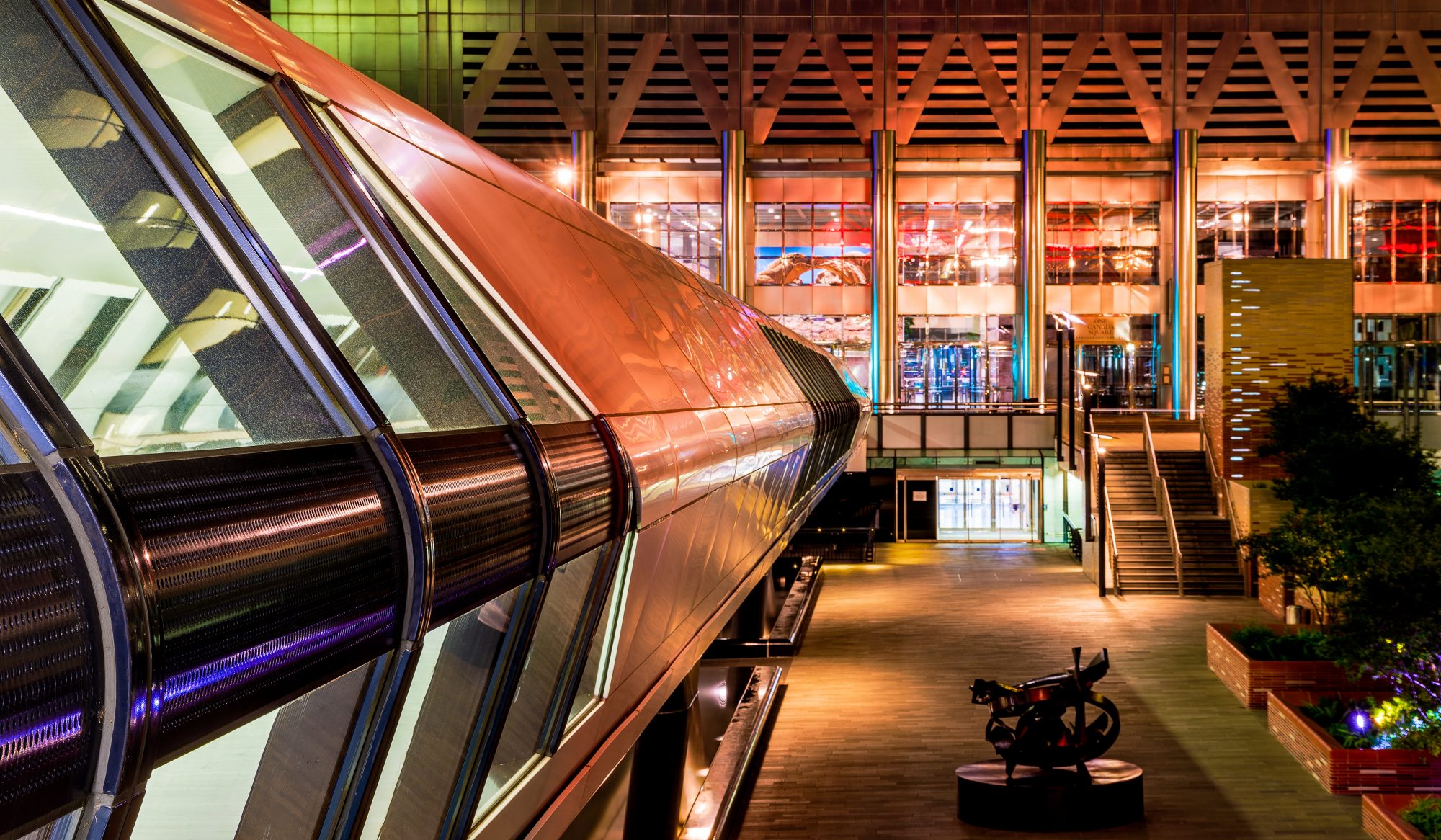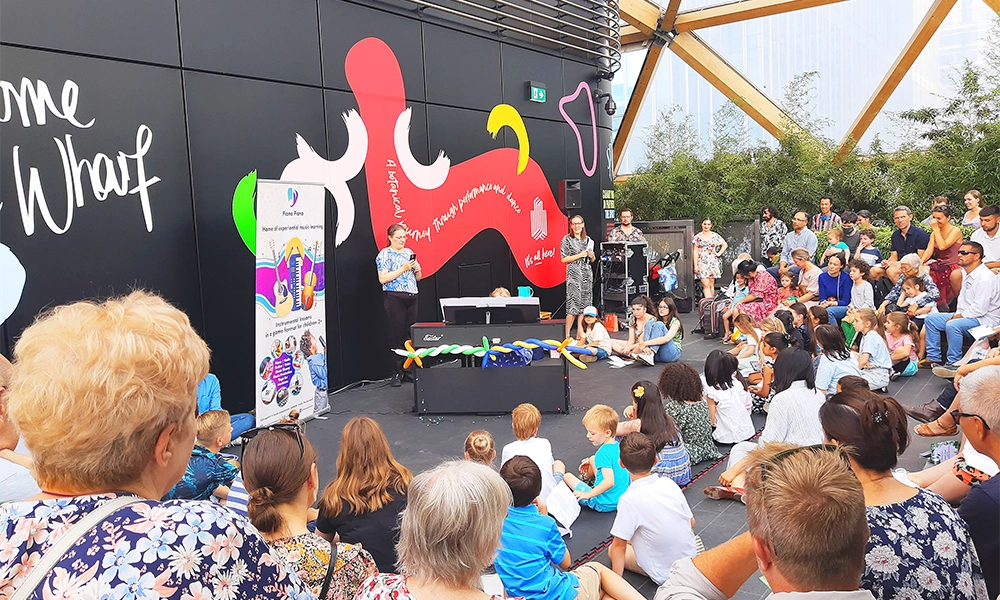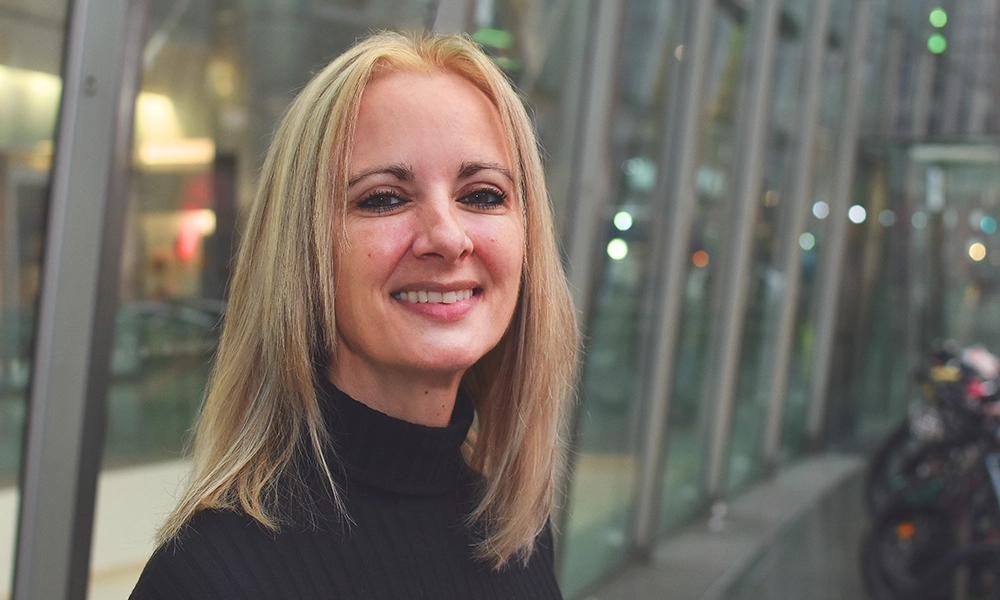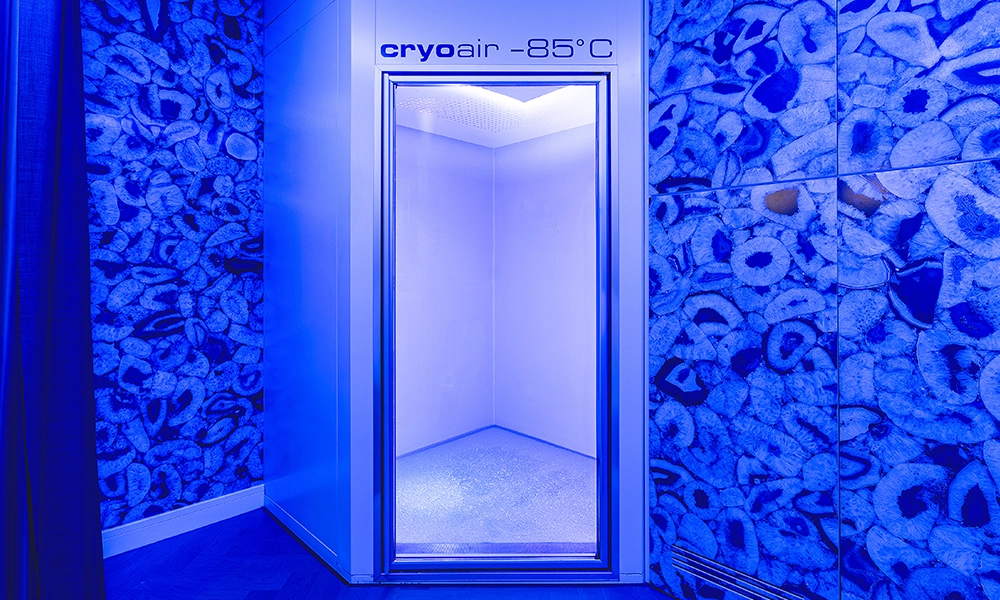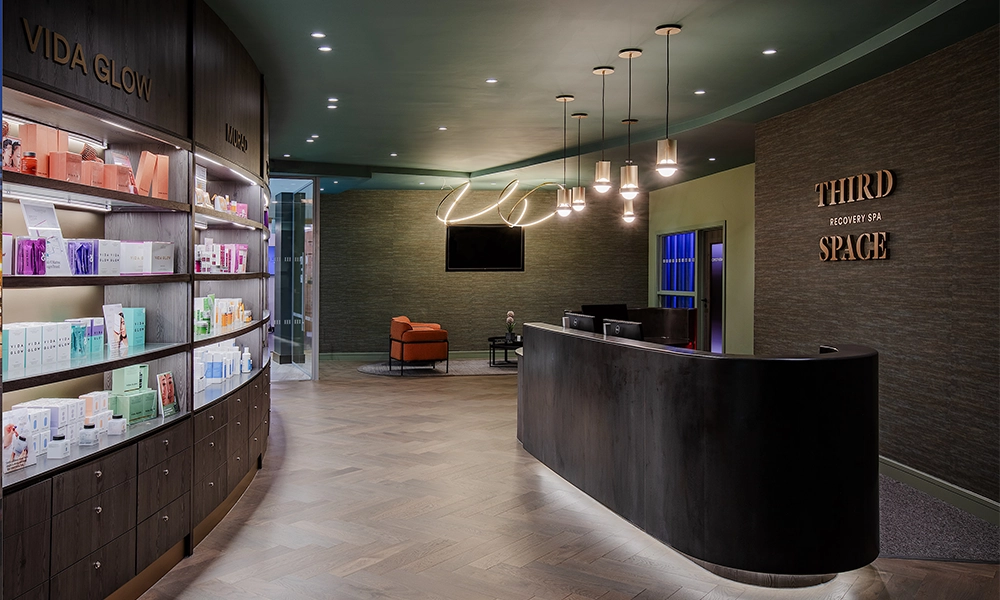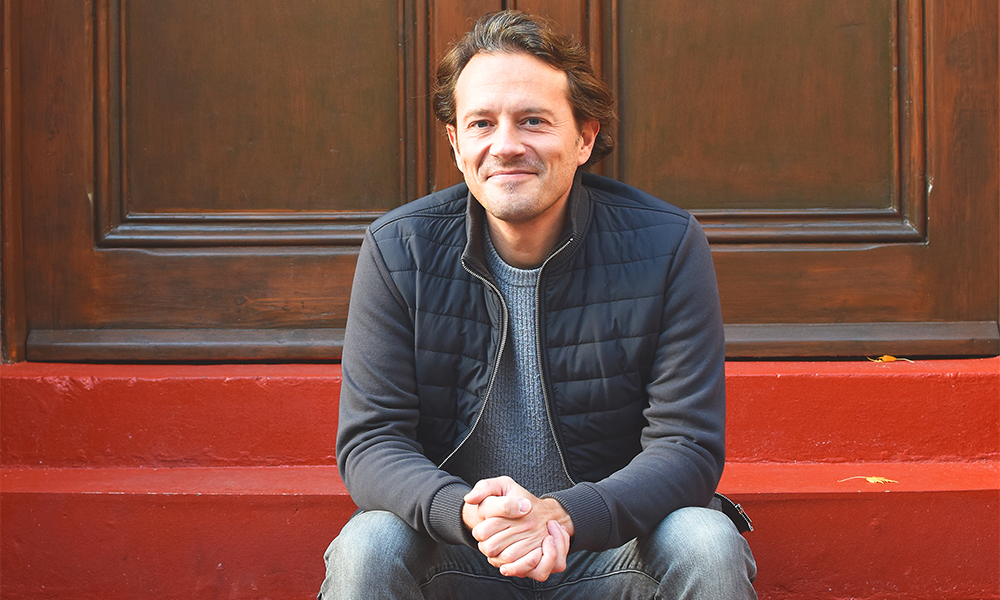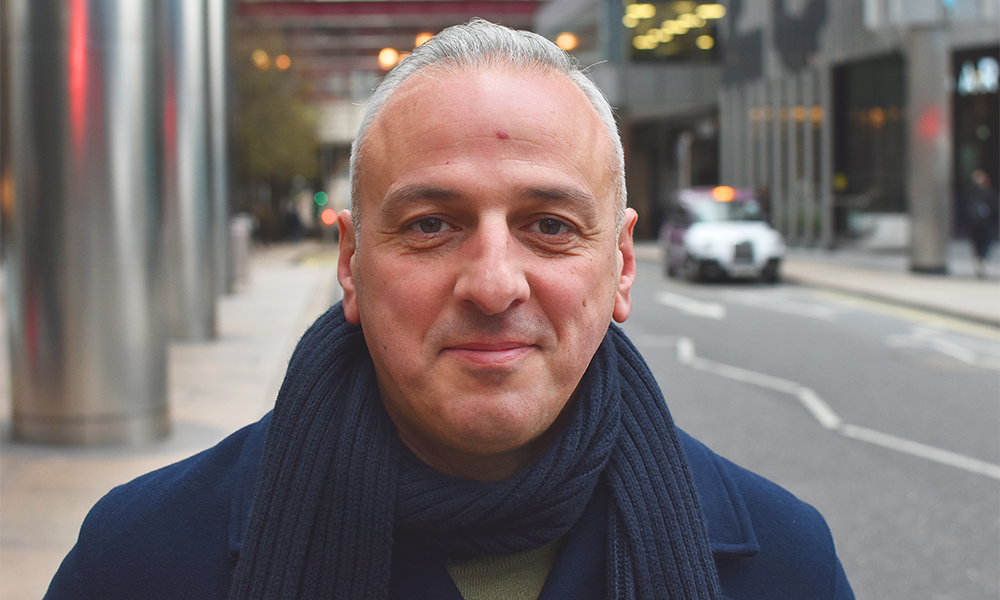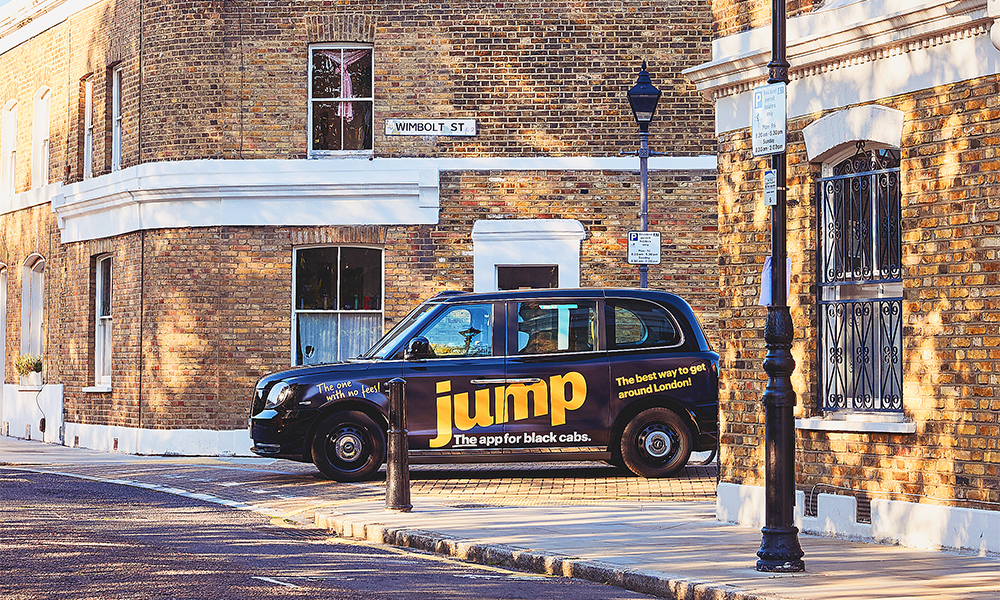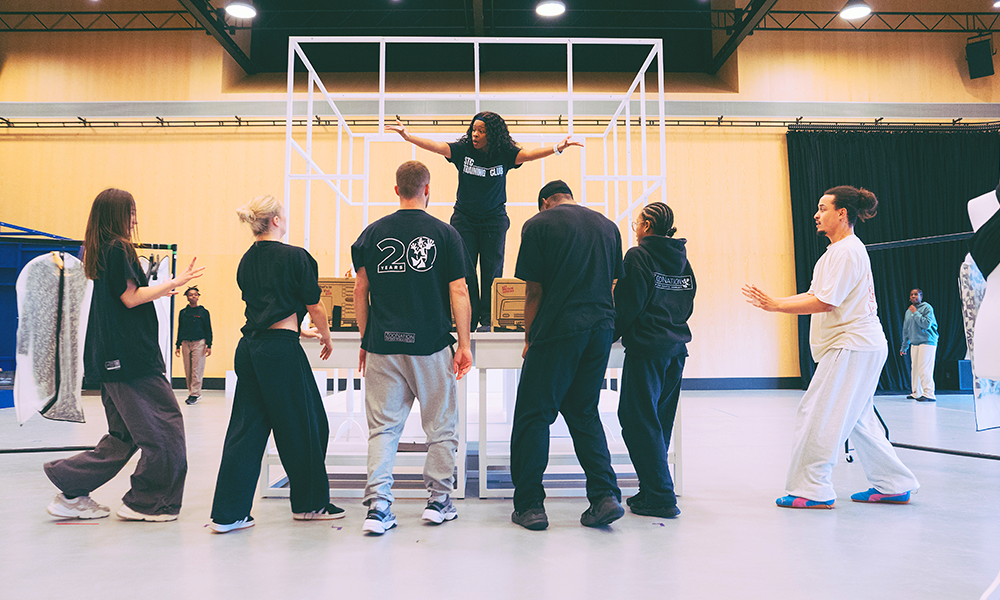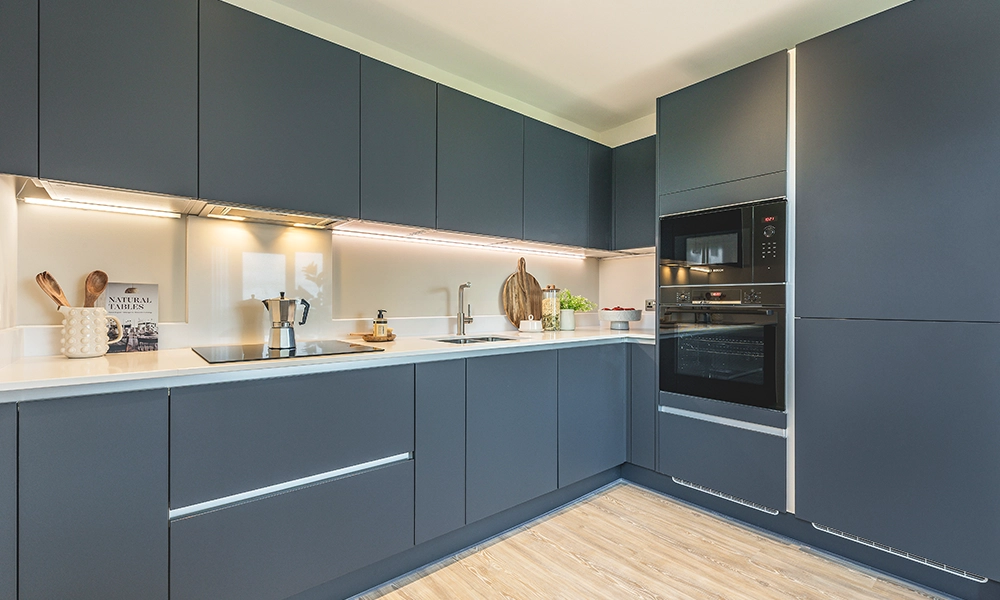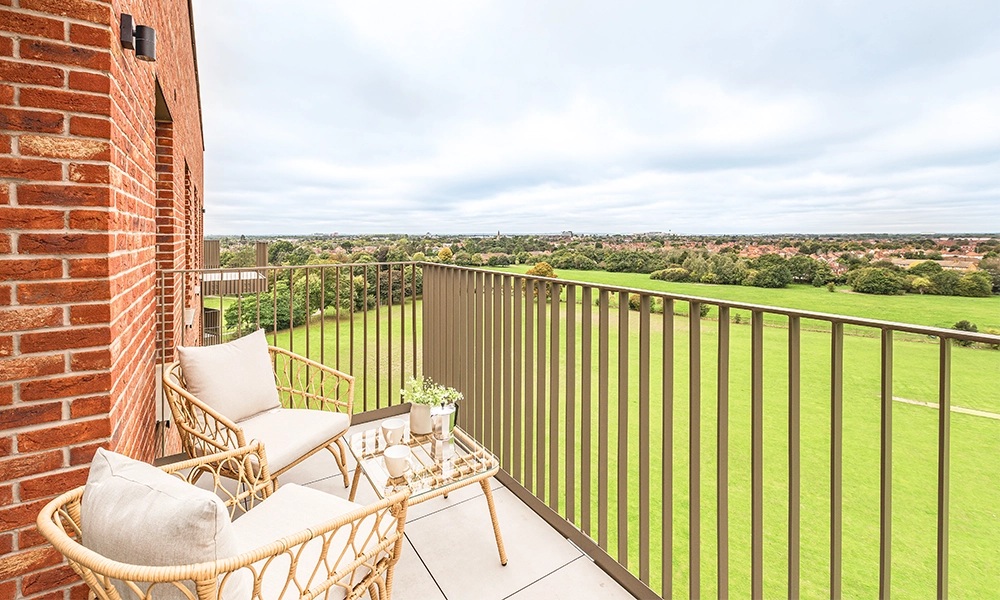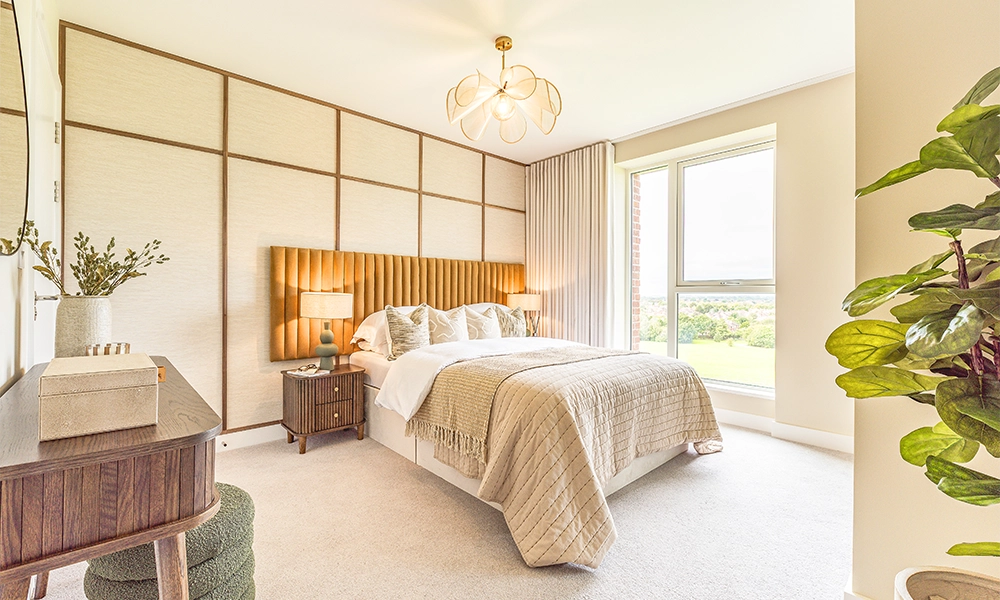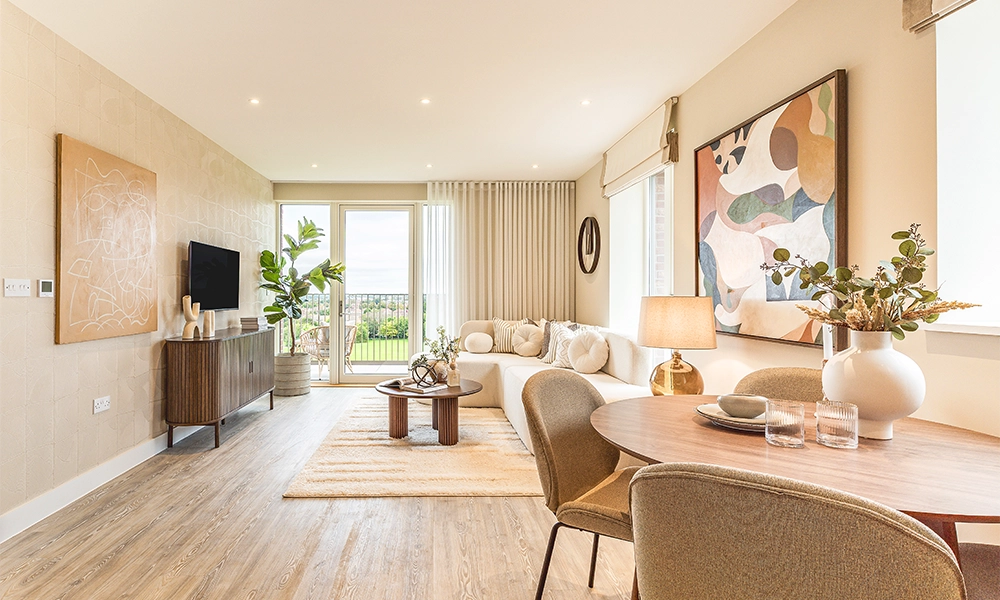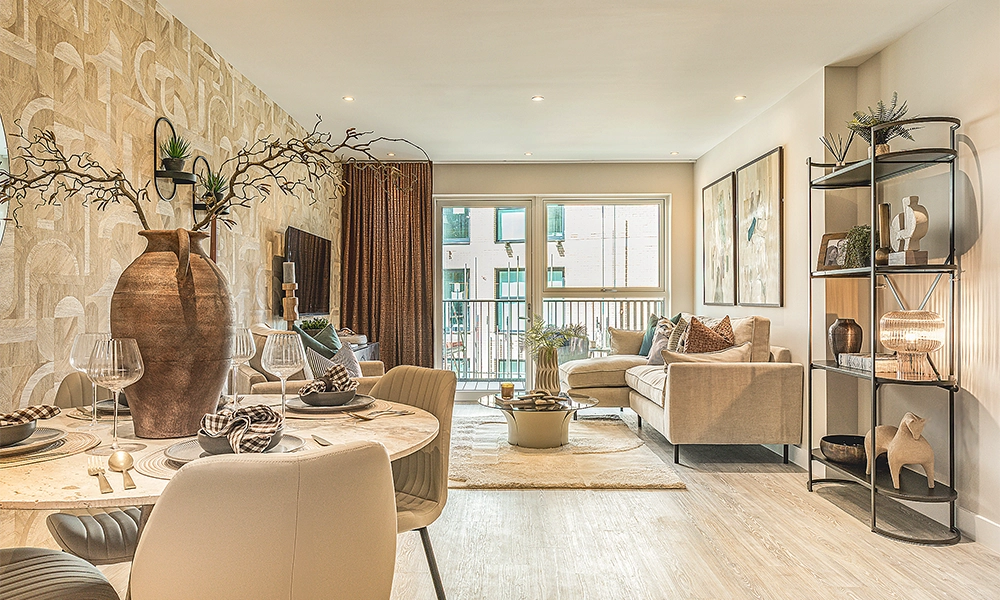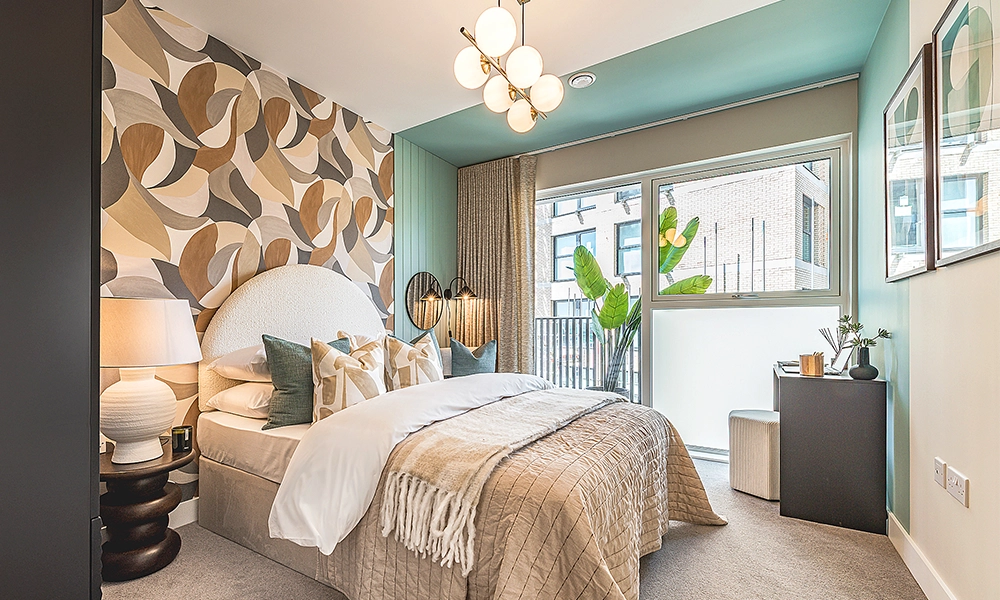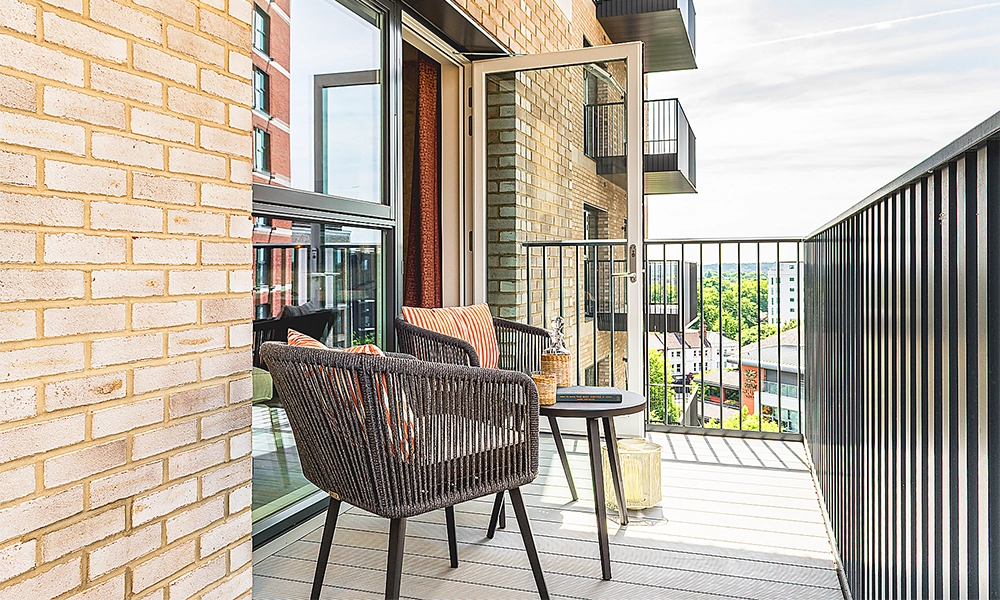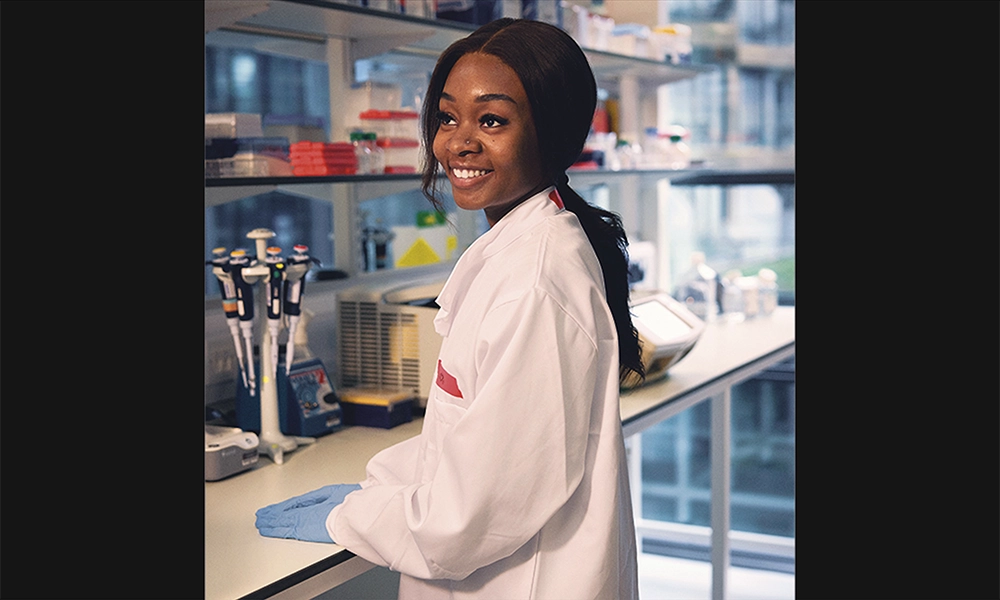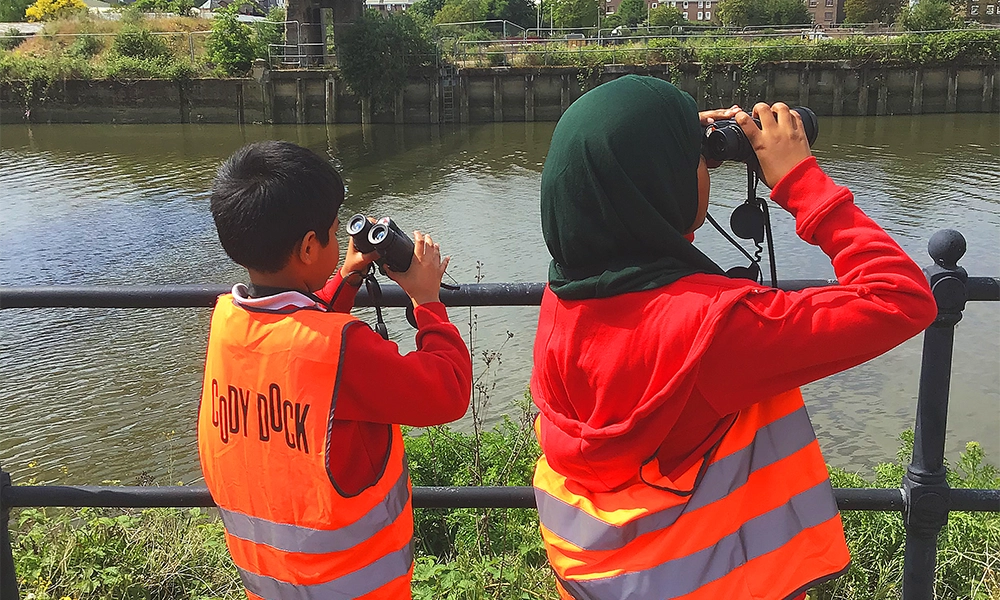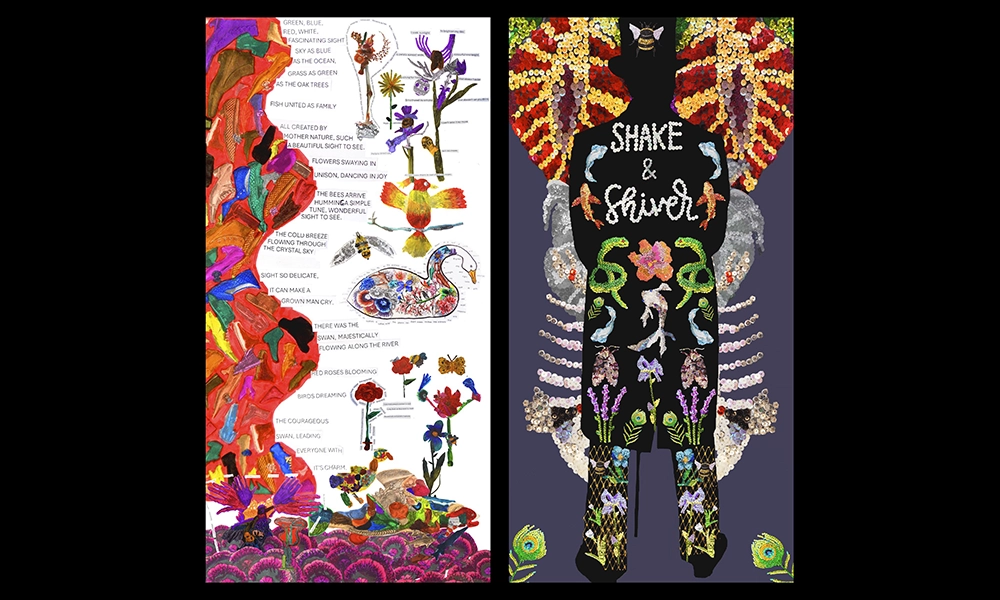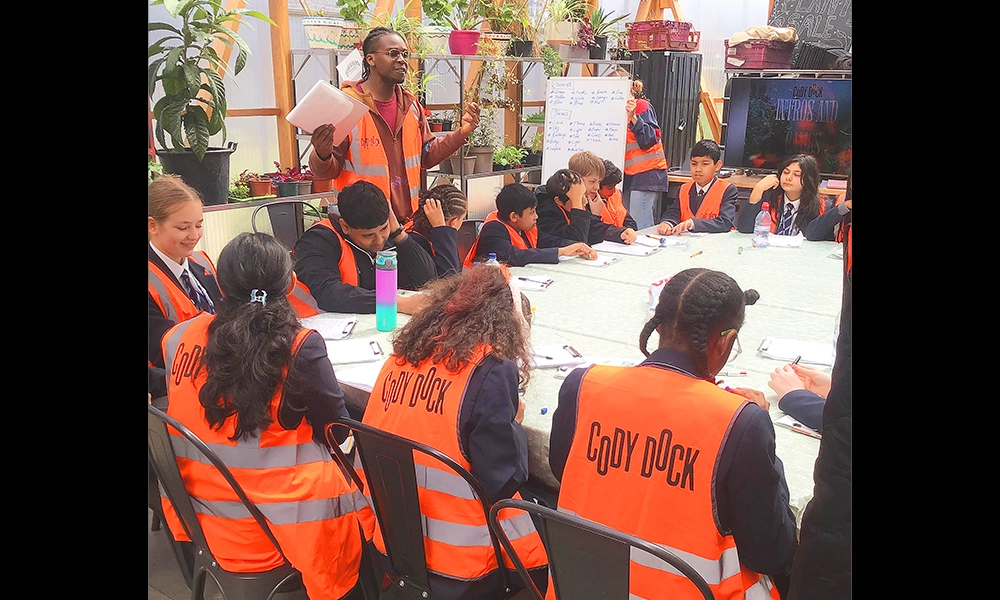Head of people experience Emily Dickens talks career, ambition and creating spaces for its staff that embody the bank’s aims and values

Subscribe to our free Wharf Whispers newsletter here
Emily Dickens’ career began, as many do, with a desire to move to London.
Having studied archaeology, her initial interest lay in the museum sector.
But a friend from university had found a job at what was then peer-to-peer lender Zopa – a startup that was looking for staff.
“I contacted them, went in for an interview and, an hour later, was looking for a flat in London,” she said.
“That was the pace the business moved at back then and I think we still approach that today.
“At the time, I remember my mum saying I should wait for a better opportunity but I thought it was the right choice. I wanted to move to London and see what was out there.”
Today, Emily is head of people experience at Zopa, now a profitable challenger bank that recently relocated to 20 Water Street in Wood Wharf.
She’s among the individuals featured in Canary Wharf Group’s Where Ambition Lives campaign, which aims to tell the stories of remarkable people working on the estate that go beyond the stereotypes associated with the area.
So how did Emily go from working as a collections administrator – calling people up who’d missed payments on their loans to help them manage their debts – to working in a role at Zopa that she conceived and pitched to the company?

a career from the ground up
“After six months, I quickly moved into customers services and then on to managing that function,” she said.
“I had a brilliant manager at the time to learn from and I continue to use what she taught me about running teams in my work today.
“When I started at Zopa, we were a business of about 30 people. Now we have 1,000 employees in multiple locations including Canary Wharf.
“I’d gone straight from university into work and hadn’t taken a gap year.
“I wanted to travel so I did that, visiting Australia, New Zealand and Bali – seeing a bit of the world on a sabbatical.
“While I was away, my boss rang me up and asked me to come back and set up an HR department at Zopa.
“So, I returned and, in the first year, did everything in HR you can imagine – the full employee life cycle.”
With Zopa deciding to launch a bank, Emily continued to build her career alongside the operation before doing something a bit unusual.
“I decided to pitch my dream role to the business after my boss left,” she said.
“I’d spent so much of my early career in HR, I got to figure out what I really loved and also the things I wasn’t so good at.
“Systems operation and data are not my bag – they are not where I excel and it’s not where the business gets the best from me.
“But I was also able to identify the things I loved and pitch them as the basis for the role of head of people experience to my new boss.
“She shared my vision that this was the right direction and started me off as people experience lead. I was then promoted to my current role after a year.
“While people experience is a relatively new concept, it enabled me to come to work every day feeling like I’m adding maximum value to the business.
“My latest boss has also supported me with my dream and vision – much of which has been focused on building this new workspace for Zopa in Canary Wharf.”
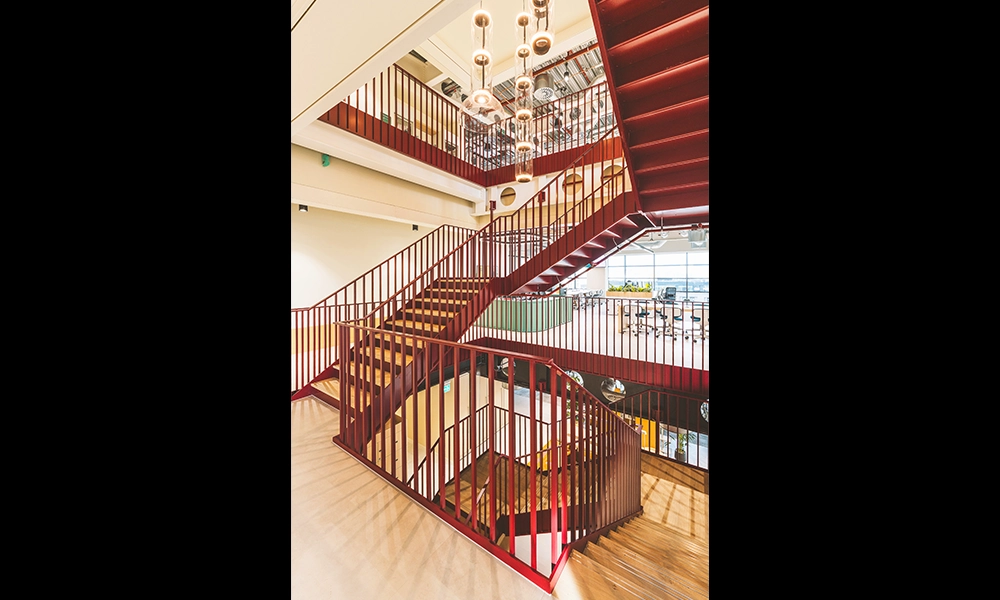
a new space for Zopa
Arranged over the building’s upper levels, the bank has fitted out 45,000sq ft of space with facilities fit for its Zopians.
Designed by Thirdways, these include an internal central staircase, kitchens, breakout rooms, private work pods, a library and quiet spaces for prayer, breastfeeding and reflection.
It’s a project Emily has been deeply involved with, as she works to make the business as employee-friendly as possible.
“I hope people see that it’s a total reflection and statement of intent of who we want to be in the future,” she said.
“When you look down from this window at the very traditional banks, there’s a feeling here that we’re doing something really different.
“We’re trying to build an effortless customer experience with products that maximises value for our customers.
“It’s an exciting time, and I’m really proud that we’ve been able to collaborate with Canary Wharf and bring Zopa here.
“After the idea was pitched to us by an agent, we looked at 20 Water Street and I felt it was worth putting my neck on the line and make a compelling argument that this was the space we needed to be in.
“When I brought the leadership team here, our CEO could see why.
“To get him over that hurdle – to look at the space and see its potential – made me feel very confident that it was the right thing to do and we could get to a place where we could sign the deal.
“The economics were also compelling. It would have cost us the same amount to remain in our existing offices in a very old building because of the maintenance issues.
“It was never a place where the company could have grown further.”

how spaces can help retain and attract talent
Located in Wood Wharf – an area that has recently welcomed the likes of Crate, Nora, Ong Lai Kopitaim, Cafe Seek and festive pop-up The Winter Club – 20 Water Street is now filled with Zopians settling into their new neighbourhood.
Emily said: “I don’t think people want what they once did from a workplace, so we didn’t want this design to feel like an office where you would just come and work.
“You’re also living your life while you’re here, so that time needs to be very enjoyable.
“If we can attract and retain great talent, the business can be very successful.
“When you look at the design – including elements such as a mothers’ room for example – it’s important to remember those parts of people’s lives don’t go away because they’re at work.
“They need to be able to come to this space and be happy here – as happy as they are at home.
“Our mission at Zopa is to create the home of money, but one of the things we thought about with regard to our office design was that we wanted it to be a place where our employees could grow and explore their ambitions too.
“Our London staff work at least two days a week in the office because human interaction is very important.
“It’s also important for our workers that we maintain balance.
“We did a great deal of staff engagement with this project.
“Before we signed the lease, we brought a group of about 30 Zopa influencers across and I took their views.
“There was nothing here for them to see at that stage, so we got a range of views about the area and the feel.
“When we decided to come here for definite, we brought over 300 employees for tours and got lots of feedback from that.
“The staff then chose the names for the floors and we also asked them what they wanted in there to make that part of their life at work as comfortable as possible.
“It’s so important to get feedback from the people who will be working here.
“We hope what we’ve done here is a recipe for success.”

why Canary Wharf?
When asked what advice Emily would give other organisations considering a move to the Wharf, she said listening to the right people was key.
“I’d say consider every option, because Canary Wharf wasn’t on my radar originally,” she said.
“It was an expert in the field who came to me and told me there was something really special happening here.
“The prices were good, so commercially it works and also a neighbourhood that pairs favourably with the business.
“Being prepared to do something different is also important.
“Wood Wharf is amazing and we’ve been collaborating with the businesses here already. We’ve also done a lot of work to ensure staff find the more hidden parts of the estate.
“The fact we have the DLR, the Elizabeth Line and the Jubilee line all on the doorstep is great.
“I live in Woolwich, but this location is also fantastic for people coming in via Paddington too.”
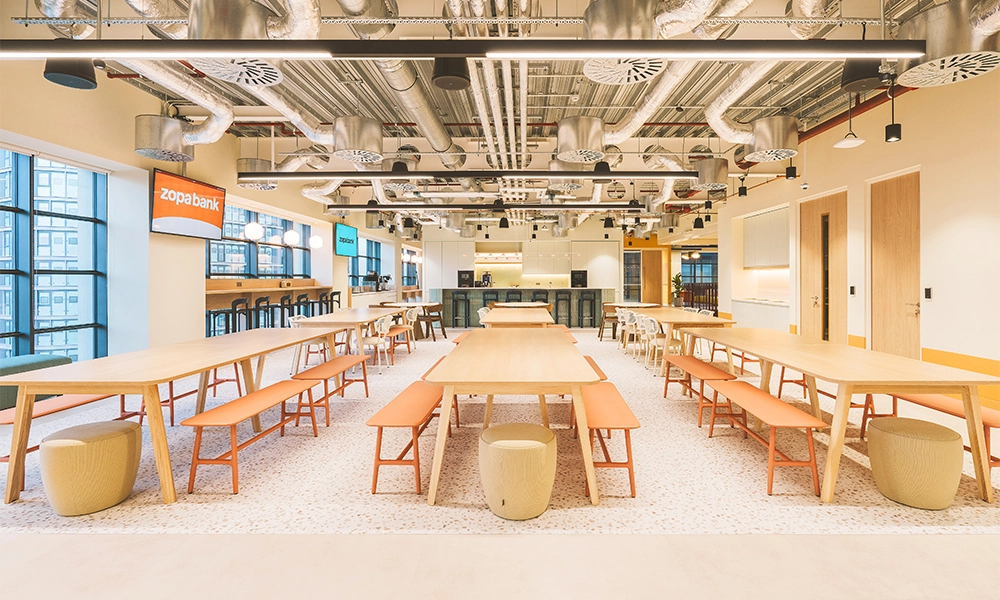
pride in the journey
As for Emily, she’s allowing herself a breath before making any plans for the future.
“I can’t think about what’s next until we’ve completely wrapped up the move and got our sign up,” she said.
“Then I’ll probably take a moment, a pause.
“The bank has ambitions to continue our growth plans and build innovative products and hopefully create long-lasting relationships with our customers.
“We launched our Biscuit Bank Account earlier this year and we have more exciting things planned.
“The only way is upwards – we’ll see what happens next.
“For now, I feel incredibly proud of what we’ve created – it’s a testament to the fact that my whole project team have worked unbelievably hard over the last 12 months to get us to this place.
“When you look at where we are now, you can see the journey that Zopa is on.”
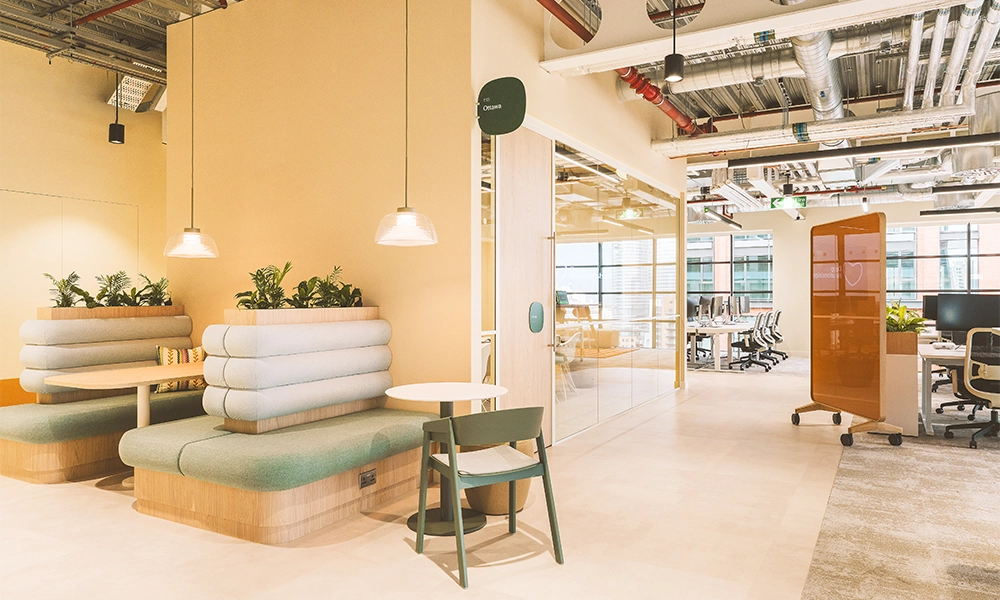
key details: Zopa
Zopa is based at 20 Water Street in Wood Wharf and offers a wide range of services including its Biscuit Bank Account.
You can find out more about the bank on its website here
Read more: Why a degree in hospitality and tourism can boost your career
